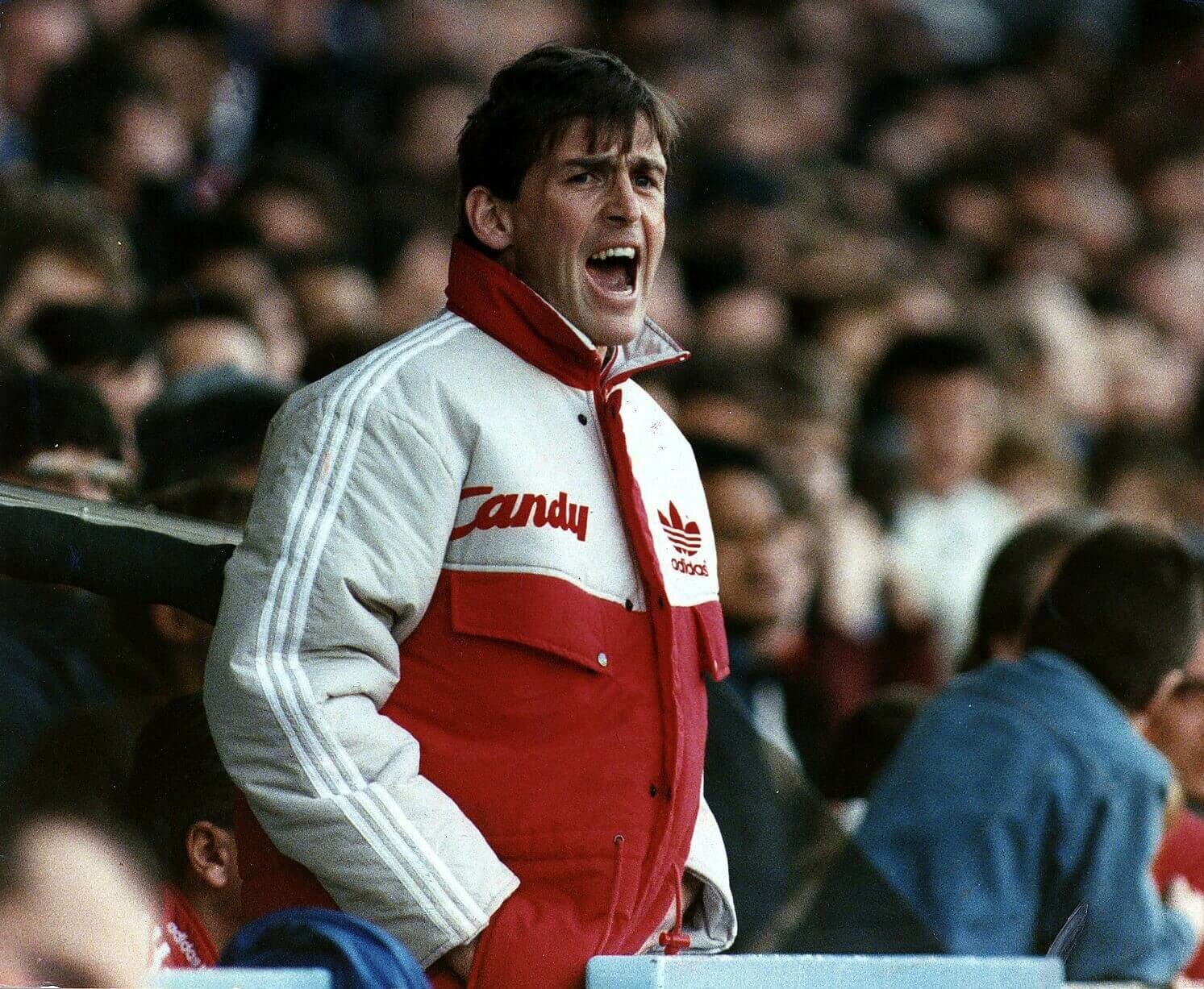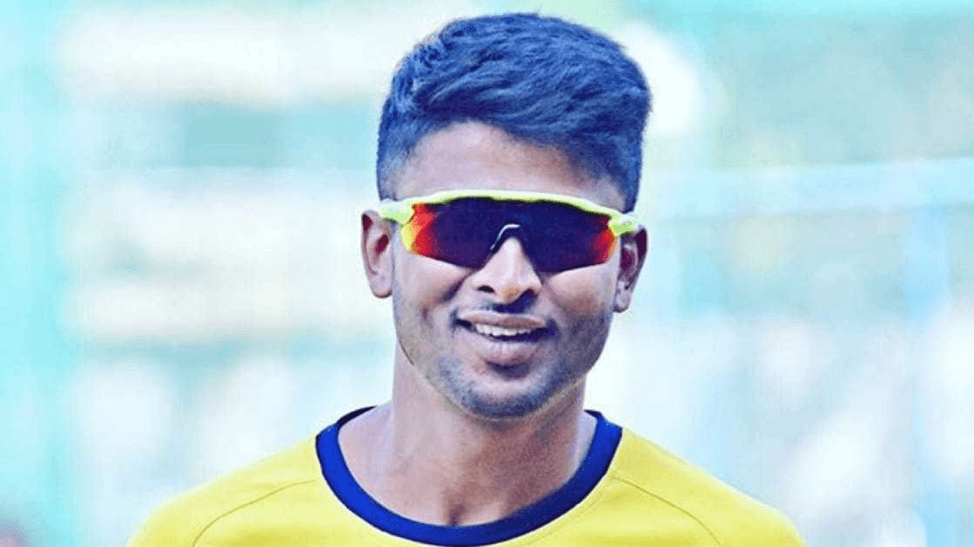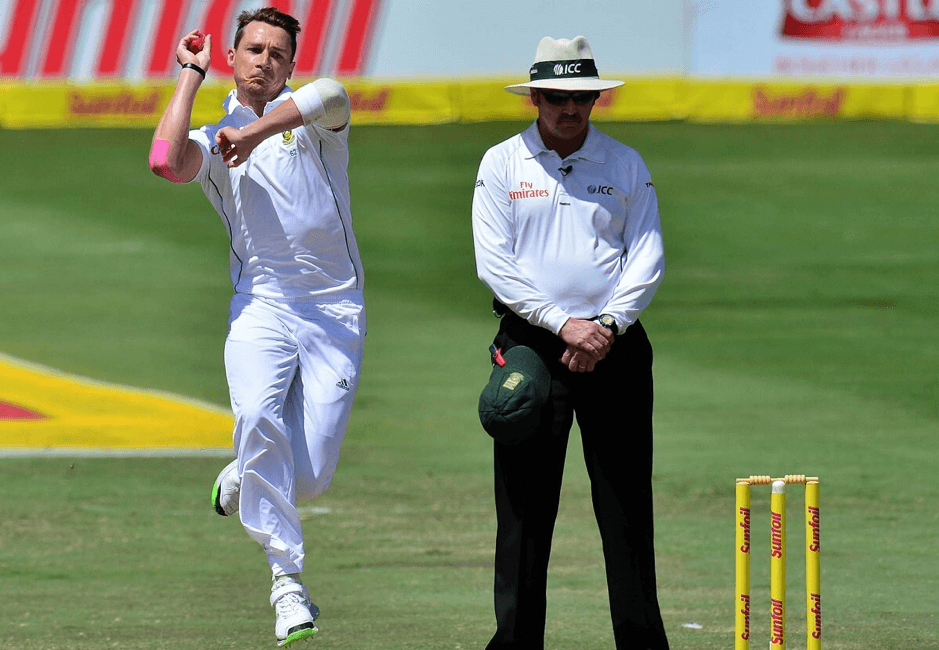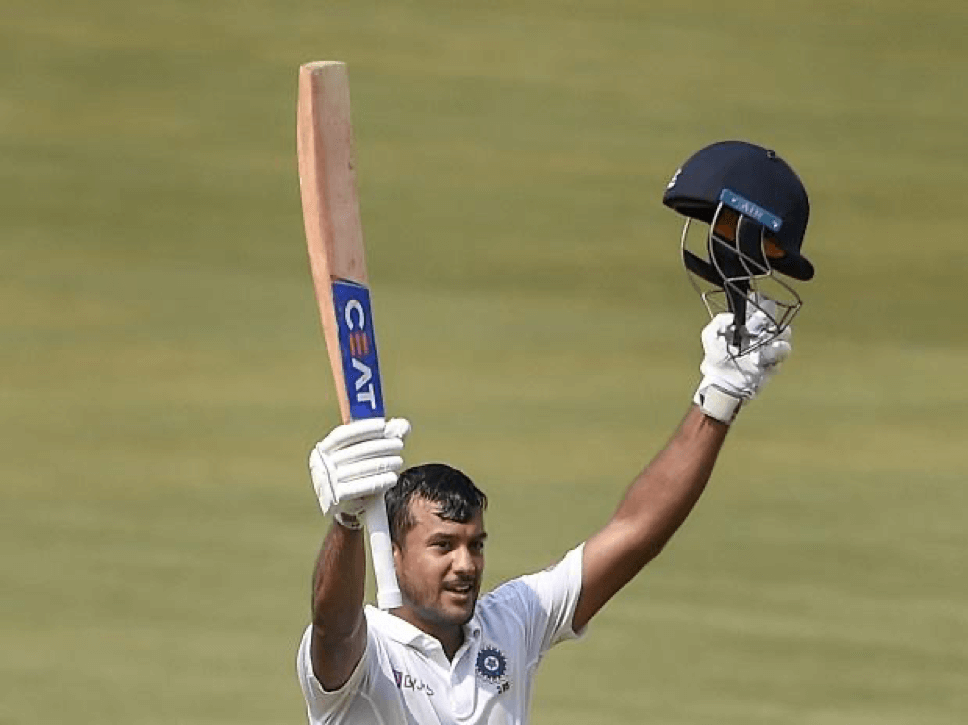DALGLISH’S CLASS OF ’91 IS THE BLUEPRINT FOR KLOPP’S MENTALITY GIANTS TO WATCH THE THRONE

Kenny Dalglish’s decision to step down as Liverpool boss made the world come to a standstill
“Icould either keep my job or my sanity. I had to go.”
Looking back at a tumultuous period in his personal life and professional career, Kenny Dalglish reiterated that irrespective of his side’s result in the 1991 FA Cup 5th round replay against Everton, he simply had to quit as Liverpool manager. Nearly 2 years of being the glue that held together a city still reeling in the aftermath of the Hillsborough disaster had extracted a heavy psychological toll on Dalglish, as was visible that afternoon at Goodison Park.
As his opposite number Howard Kendall scampered up and down the touchline, almost kicking every ball with his team, Kenny cut a forlorn, almost bored figure in the away dugout. Even with his side surrendering the lead four times in the 4-4 draw, he couldn’t be forced into action. Despite this being perhaps 120 minutes of the most intense action English football had ever seen, Dalglish didn’t even bother to make a substitution, another sign that his mind was occupied elsewhere. Less than 48 hours after the full-time whistle, he was done. And so was Liverpool’s season.
Dalglish’s exit triggered a slump that became impossible to arrest for the hapless Reds. They ended the season with a whimper, finishing 9 points behind champions Arsenal. It was a fate no one could’ve predicted for the defending champions, not least after their flying start to the season.
Dalglish and Co. had picked up where they left off from their emphatic title win the previous season. There was no letup heading into the new campaign as the Reds stormed to the top of the table with 12 wins and a draw. It was the club’s best ever start to a league campaign; a feat matched by Jurgen Klopp’s Liverpool this past week since after the 1990-91 season.

Can Klopp finally bring the title home?
While Klopp is rightly being lauded for his team’s win streak, Dalglish’s side’s flying start didn’t really make the headlines. Instead, it was just viewed as the start of another dominant campaign, something that had been the norm for the all-conquering Reds since the 70s.
A 3-2 win against Everton and a 4-0 demolition of Manchester United were the standout results of the hot streak that yielded 37 points out of a possible 39. The goals were flowing, the defence was rock solid, and yet there were problems brewing under the surface of this near-perfect start.
Heading into the season, many of the protagonists for Liverpool of the trophy-laden era of the 1970s and 80s were approaching the twilight of their careers. Alan Hansen, Liverpool’s greatest ever defender and a veteran of more than 600 appearances called time on his playing days after injuries wouldn’t permit him to make a single appearance in the season. The departure of John Aldridge, coupled with ageing legends in Ronnie Whelan and Steve McMahon meant that the core of Dalglish’s squad was on the wane.

Finding replacements for players like Alan Hansen are tougher than finding such gems in the first place
Liverpool’s momentum was brought to a screeching halt at the end of November in unlikely circumstances. The league leaders were in especially imperious form at Anfield, winning their opening 6 games and letting just 1 goal in that time. That, and visiting Manchester City’s ordinary start to the campaign meant that all signs pointed to another home win.
City refused to stick to the script, as they sent the home crowd into a stunned silence with the opener on the hour mark. Still, the extraordinary fighting spirit that has been associated with the current crop of Liverpool players was alive back then as well, as Ian Rush and Ronny Rosenthal landed a one-two punch in the last 10 minutes to seal the points and make it 13 wins from 14.
With a minute to go however, City stole an equalizer through top-scorer Niall Quinn’s looping header following a corner to bring a breathtaking end to the game. Liverpool emerged from the 2-2 draw with their unbeaten start still intact, but badly stung. Not the ideal preparation, then, for a huge clash coming up the following week at Highbury.
Like Manchester City today, the Reds didn’t necessarily consider Arsenal as a traditional rival back then, just their biggest threat in a title race. After a thrilling conclusion to the 1988/89 season in which Arsenal pipped Liverpool to the title in an all-time classic on the final day at Anfield, Dalglish’s men wrestled back their domestic crown the following year. Heading into the game at Highbury, England’s last 2 champions were the pace setters again as the only remaining unbeaten teams.
The home side produced a clinical performance in a 3-0 win, to slash Liverpool’s lead at the top to just 3 points. Worse still, the manner of the defeat shattered the aura of invincibility around a squad that seemed head and shoulders above the rest. It was a telling psychological blow for Liverpool, as they won just 3 of their next 8 games to surrender the lead to Arsenal by the end of January.
For a dressing room already struggling to fill the leadership void left behind by senior figures, Dalglish’s abrupt departure was the last nail in the coffin. The wheels came off soon after as Liverpool lost 7 of their last 15 games, including the replay in the Cup against Everton.
Ronnie Moran, a giant in Liverpool history since his association with the club began in 1952, was the interim replacement, but even he failed to unite a squad in disarray. In the last match of his brief stint, Moran oversaw a 5-4 win against Leeds. While his side left Elland Road with all 3 points, it wasn’t before they threatened to capitulate, having been 4-0 up inside the first half hour. Even in victory, the problems were laid bare for all to see.
Graeme Souness was eventually named as Dalglish’s successor and took charge for the last 5 games as the Gunners sauntered to the title, having lost a single game all season.

Souness’ stint on the touchline was marred by more lows than highs
Kenny Dalglish’s departure not only marked the turning point of Liverpool’s season, but also the end of an era of Liverpool dominance, one that was ushered in by Bill Shankly in the 60s. The failed title defence began a cycle of failure to secure the league title that carries on to this day.
Having come closer than ever to end this wait last season, Klopp’s Liverpool are beginning to dream of the elusive crown once again. Their flying start has others claiming this year’s title race is a foregone conclusion, but Klopp need only point out the tragic fate of his predecessors to show just how far that is from the truth.
Read More
KRISHNAPPA GOWTHAM-WAITING ON THE WINGS
TAPAN UNADKAT \
FEATURES
THE TIMELESS ART OF REVERSE SWING
ATUL KUMAR MAURYA \
THE DRAWING BOARD
MAYANK AGARWAL: BREAKING DOORS DOWN
KUSHAGR DIXIT \
FEATURES



